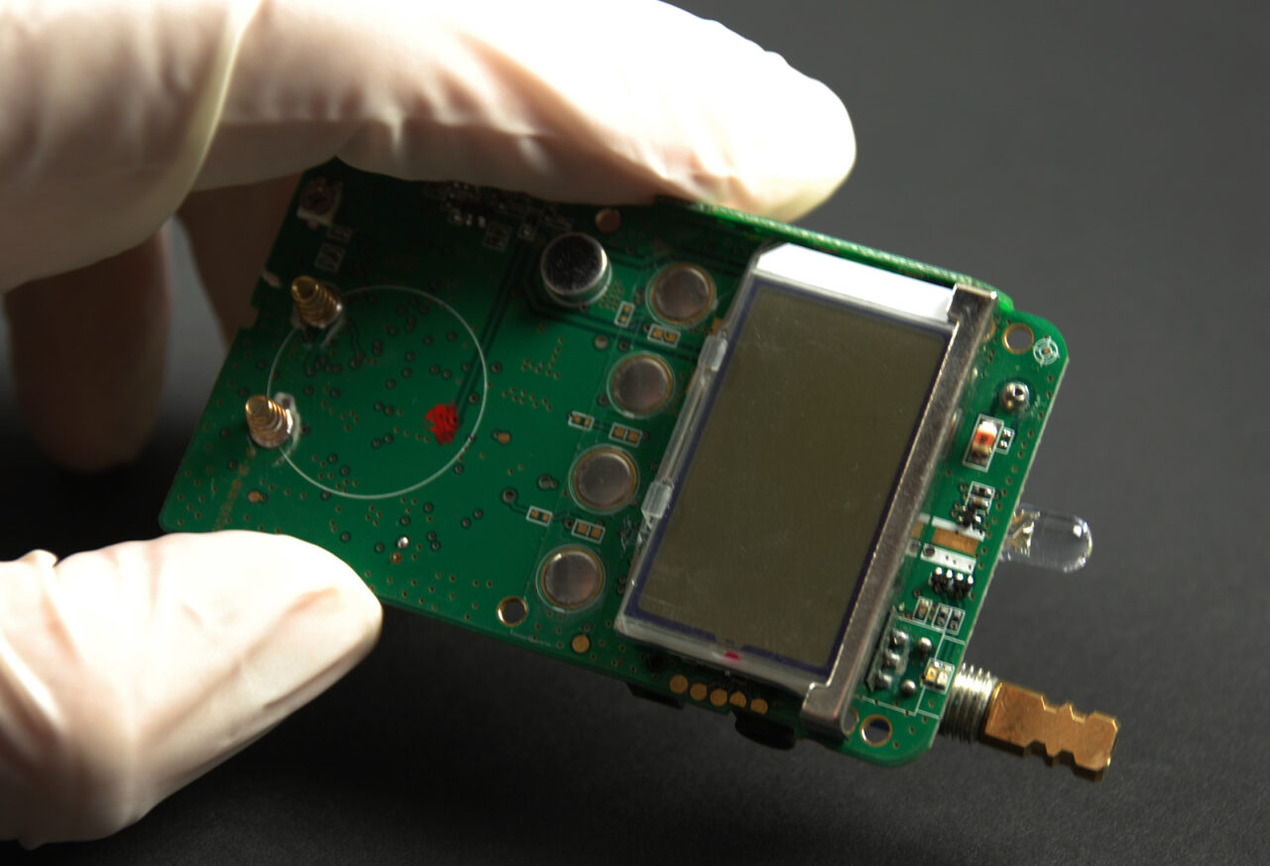
|
Getting your Trinity Audio player ready...
|
The Faculty of Mathematics and Natural Sciences (FMIPA) at Gadjah Mada University (UGM) and the Research and Development Agency of the Indonesian Army (Dislitbang TNI AD) has collaborated in the development of military detection tool innovations to strengthen national resilience and security. This was discussed in a meeting between Prof Dr Eng Kuwat Triyana, MSi, the Dean of FMIPA UGM, and the young researcher from the Research and Development Agency of the Indonesian Army, Myr Chb Dr Indra Kristian, on the campus of FMIPA UGM.

Prof Kuwat expressed his intention to initiate collaboration to develop innovative detection tools for military use. He believed these innovations aligned with sustainable development goals (SDGs) principles, mainly focusing on innovation and peace.
Dr rer Nat Wiwit Suryanto, MSi., a member of the research team in the field of Geophysics at FMIPA UGM, explained that the innovations in military detection tools under development would adopt the latest findings from cutting-edge research conducted by FMIPA. This has potential in their application to aspects of resilience and security. “The superiority of the resulting innovations is expected to strengthen the country’s Main Weapon System (Alutsista) and enhance its effectiveness,” he added.
Metal detectors, such as handheld metal detectors, use electromagnetic fields to detect the presence of metal objects. They consist of a main component, a transmitter coil, which creates an electromagnetic field. Anti-drone methods include detection, tracking, identification, and jamming using techniques such as optical detection, radar, and acoustic hardware. Radar uses radio waves to detect and track objects such as aircraft or weather, whether for military or civilian purposes.
Life detectors, as used by the National Search and Rescue Agency (Basarnas), are believed to use radio waves and radar imaging to detect victims in the wreckage. Generally, radar operates by activating a transmitter that emits short-frequency radio waves.
Meanwhile, Dr Indra highlighted the potential for collaboration that can benefit both parties, including the possibility of involving students in the research process.
Further, the improvement of military equipment practices is also embraced by several other countries in the Asia-Pacific region, such as New Zealand. The government ranked 103rd out of 145 in military strength, has successfully employed sensors as one of the technologies used in its naval vehicles.
As reported by OpenGov, the New Zealand Government is set to trial an Unmanned Surface Vessel (USV), providing a versatile platform for various roles. The His Majesty’s New Zealand Ship (HMNZS) Aotearoa is transporting the Bluebottle, a USV designed and manufactured by the Australian USV company, from Sydney to Auckland. Once operational, the Bluebottle will undertake maritime tasks at sea without fuel or personnel, marking a significant step in leveraging digital technology for naval operations.
The Bluebottle, powered by solar, wind, or wave energy, represents a cutting-edge approach to maritime autonomy. It is also equipped with a retractable rigid sail for wind propulsion. The vessel incorporates photo-electric cells on the sail to drive its motor. In the absence of sunlight and wind, the Bluebottle employs a unique flipper and rudder device for steering and propulsion. With a top speed of five knots and the ability to operate at sea indefinitely in challenging wave conditions (up to sea state 7), the USV brings a new dimension to autonomous maritime operations.
Critical sensors, including radar, electro-optic, and infrared cameras, ensure the USV’s safe and effective operation, allowing for system control and the identification of other vessels. The Bluebottle will be monitored and operated from a control room at the Devonport Naval Base, utilising mobile phone signals near the shore and high- and low-bandwidth satellite communication when offshore.
This situation indicates that progress in the development of military equipment is becoming increasingly crucial. Indra expresses his hope that the collaboration being built can be integral to the synergy between the academic and military worlds.
With this collaboration, it is envisioned that the innovative results of research involving military detection tools can make a real contribution to improving the responsiveness and efficiency of military equipment, supporting the development of talent and expertise among the younger generation in the field of military technology.
















